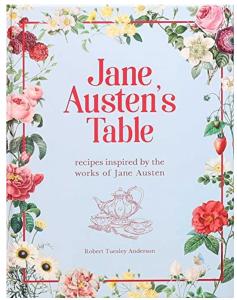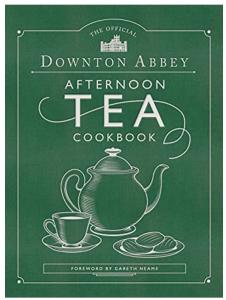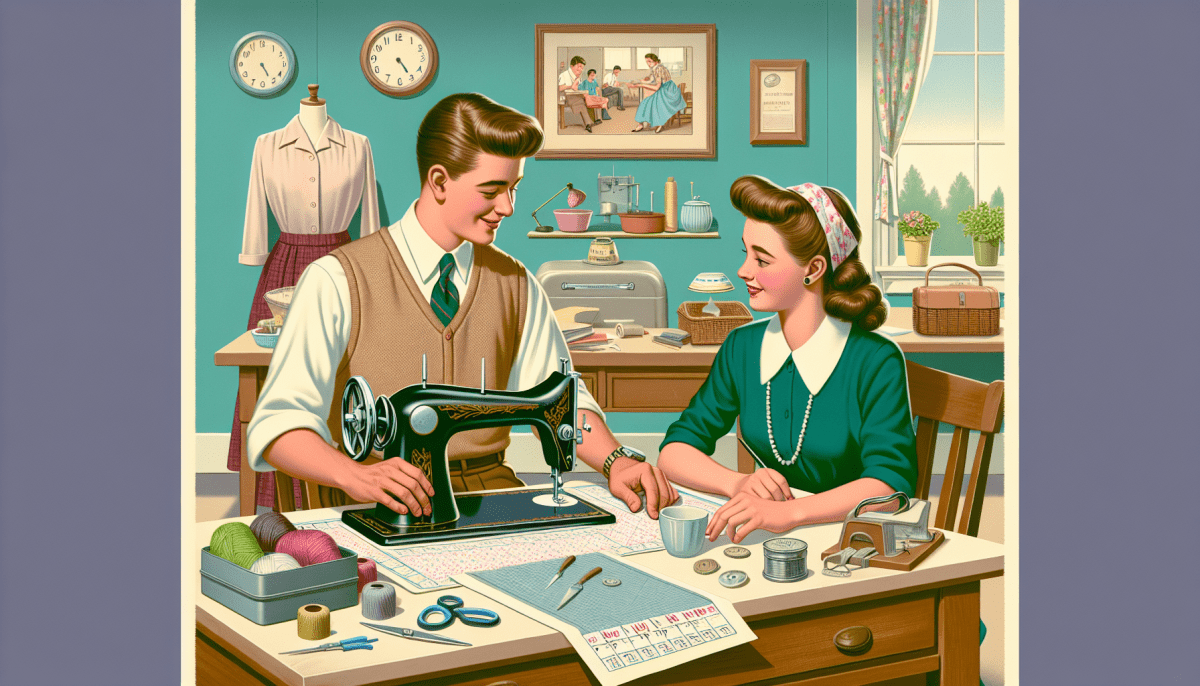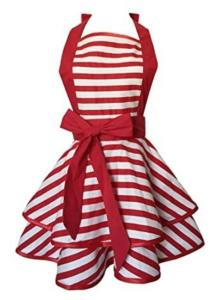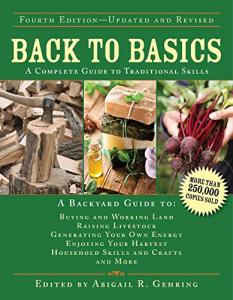
Classic Historia may receive a commission on purchases made through Amazon and eBay affiliate links at no additional cost to you.
Once a staple of school curricula, Home Economics is a subject that has evolved significantly over the decades. Originally designed as a means of preparing students for domestic life, the subject has broadened its scope to include essential life skills that are as relevant today as they were in the past. This article aims to explore the history of Home Economics, what it originally involved, and its current status in education.
A Brief History of Home Economics
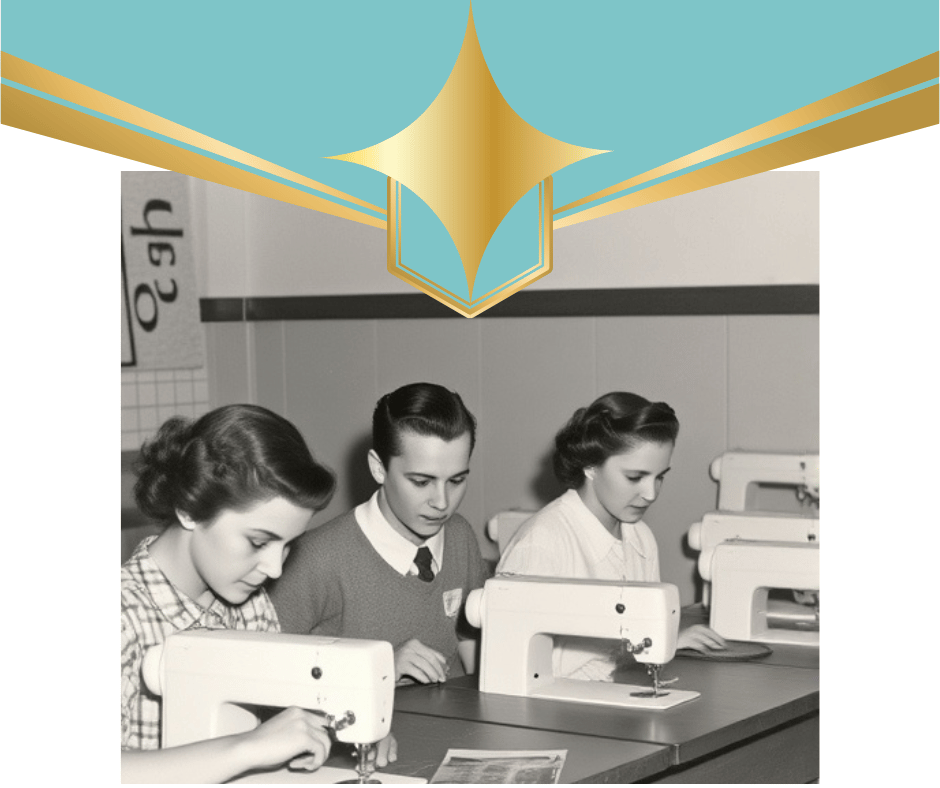
The roots of Home Economics can be traced back to the late 19th and early 20th centuries. Initially, the subject was introduced as a way to teach young women the skills necessary for managing a household. These skills included cooking, sewing, budgeting, and basic childcare—skills seen as fundamental to a woman’s role in society at the time.
Formal education in Home Economics began to take shape at the Lake Placid Conferences held from 1899 to 1908. These meetings brought together educators and activists who were passionate about improving the quality of home life. Out of these gatherings emerged the American Home Economics Association (now the American Association of Family & Consumer Sciences), which played a crucial role in shaping the curriculum.
The Components of Home Economics

Originally, Home Economics covered a wide range of topics, including:
- Cooking and Nutrition: Students learned about meal planning, cooking techniques, and the nutritional value of different foods.
- Textiles and Sewing: This component taught students how to sew, mend, and create garments, as well as understand different types of fabrics.
- Budgeting and Finance: Lessons included how to manage a household budget, save money, and understand basic financial principles.
- Child Development: This aspect covered the basics of caring for children, understanding developmental milestones, and the essentials of parenting.
- Home Management: Students learned how to keep a home clean and organized effectively.
- Gardening: This section introduced students to the basics of growing their own plants and maintaining a garden. It covered essential skills such as planting techniques, understanding soil types, pest management, and the benefits of sustainability and self-sufficiency through homegrown produce.
These subjects aimed to equip students with practical skills they could use to manage their homes efficiently.
$14.99
4.69 out of 5 starsCharming Handmade Cotton Retro Apron for Her
Add Nostalgia to Your Kitchen with This Beautifully Designed Apron
Product information
Product Review Score
Product links
The Decline of Home Economics in Schools
Despite its significance, Home Economics began to decline in American schools from the late 20th century onward. Several factors contributed to this trend:
- Changing Gender Roles: As societal views on gender roles evolved, the traditional focus of Home Economics on domestic skills for women became less relevant.
- Curriculum Changes: Schools started emphasizing STEM education and other academic subjects, often at the expense of practical courses like Home Economics.
- Budget Cuts: Economic pressures led many schools to cut programs considered non-essential, and Home Economics was often among the first to go.
- Stigma and Stereotypes: The association of Home Economics with “women’s work” led to a decrease in interest among students, particularly men.
The Modern Relevance of Home Economics

While traditional Home Economics has largely disappeared from school curricula, the skills it taught are still highly relevant. Today, there is a growing recognition of the importance of teaching life skills such as financial literacy, nutrition, and personal management. Some schools have rebranded Home Economics under names like Family and Consumer Sciences or Life Skills Education, broadening their appeal and reflecting modern needs.
$14.07
4.7 out of 5 starsEssential Guide to Traditional Skills and Crafts
Discover the Timeless Techniques and Delightful Projects That Celebrate the Art of Handmade Creativity
Product information
Product Review Score
Product links
In conclusion, Home Economics was once an essential part of education, equipping students with skills for managing daily life. Although its focus and presentation have evolved, the core competencies it imparted remain valuable. Understanding its history and the reasons for its decline can help parents and educators advocate for the involvement of life skills in modern education. Whether through formal education or at home, teaching these skills continues to be a vital part of preparing young people for the future.
Like this article? Discover more at Classic Historia for a deeper exploration into the past that has shaped our world.
Stay connected with Classic Historia and discover more timeless treasures by following us on our social media platforms:

Business Phone Number:
(833) 222-7544
Business Address:
1220 Oak Street, Suite J PMB1007
Bakersfield, CA 93304-1072
United States
